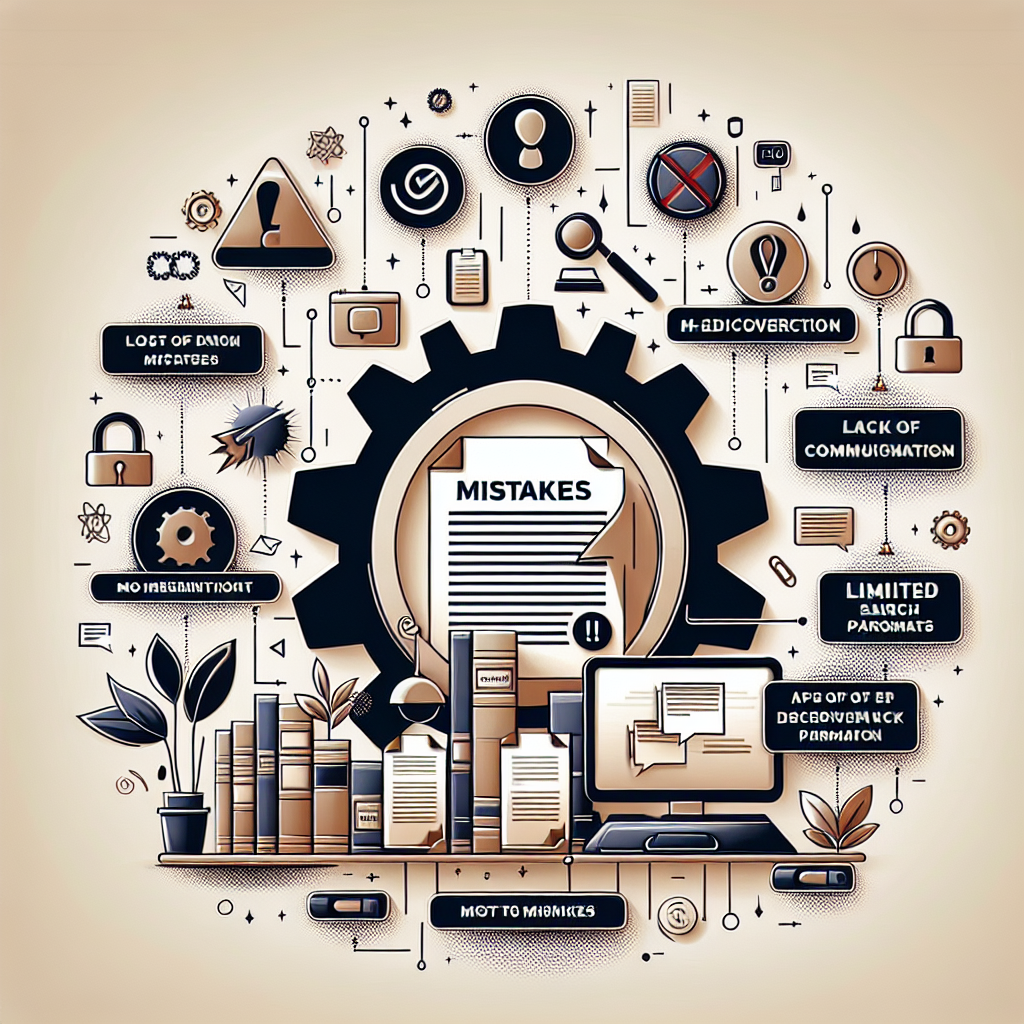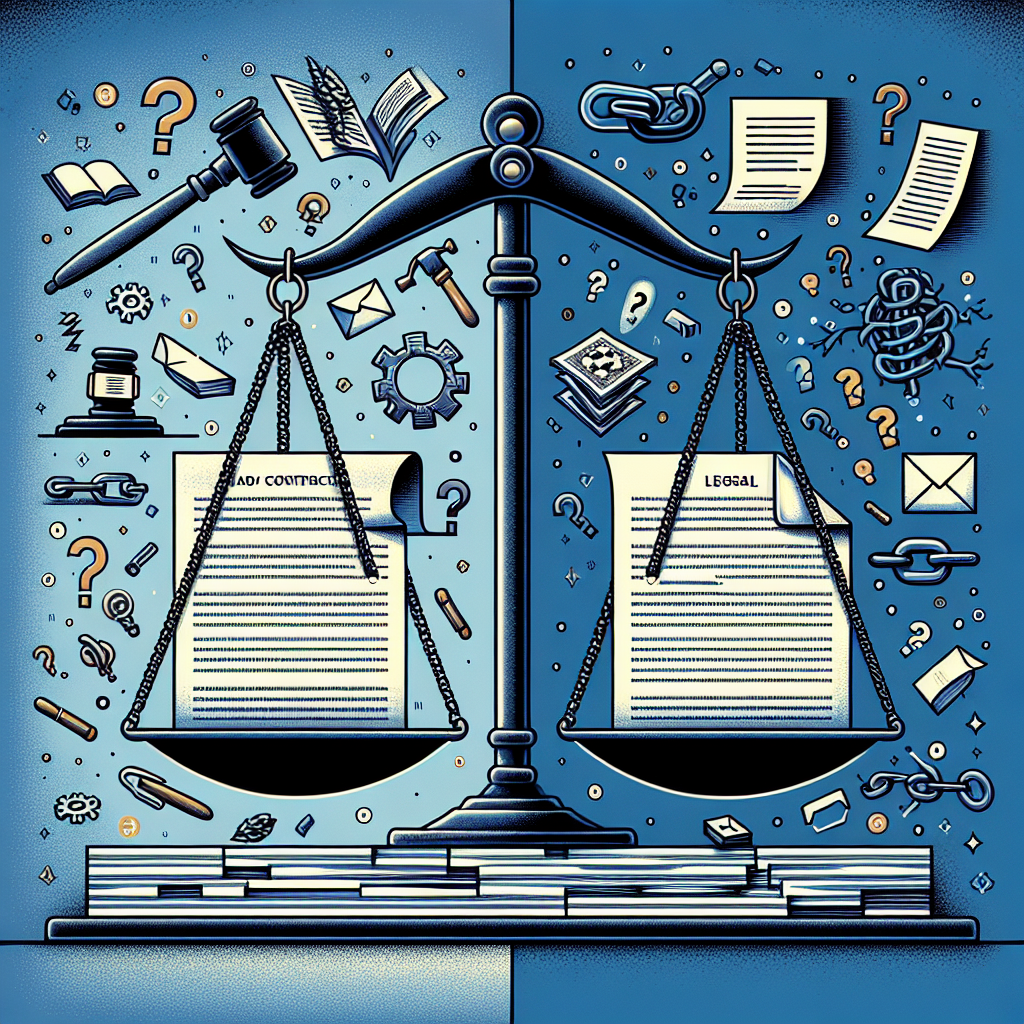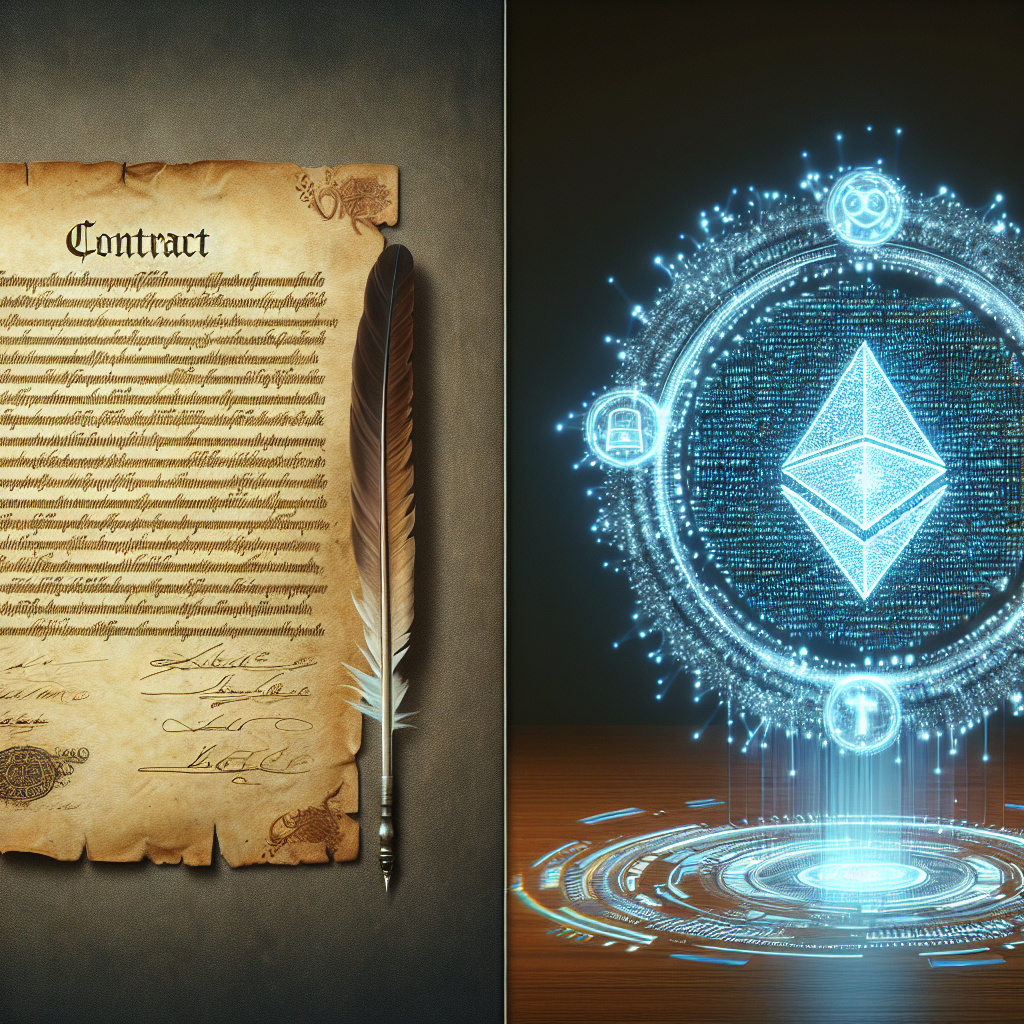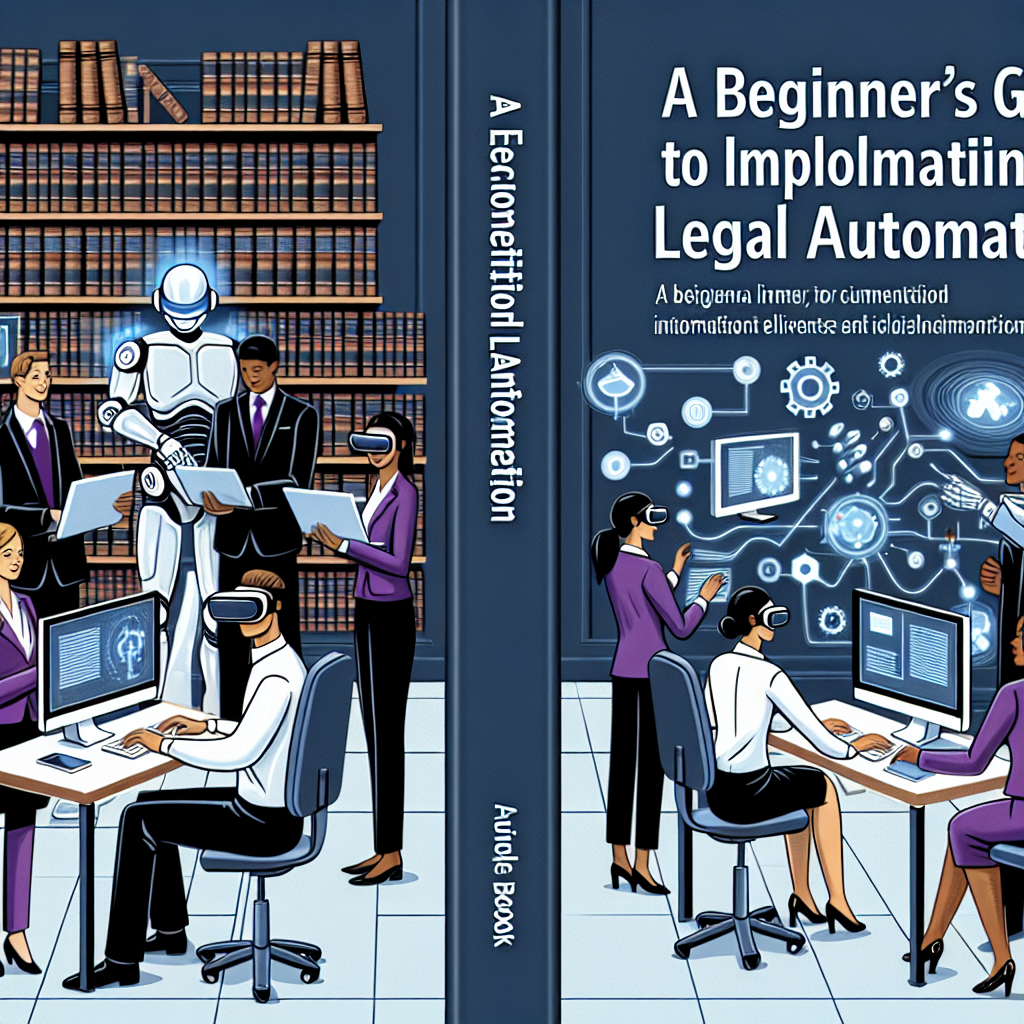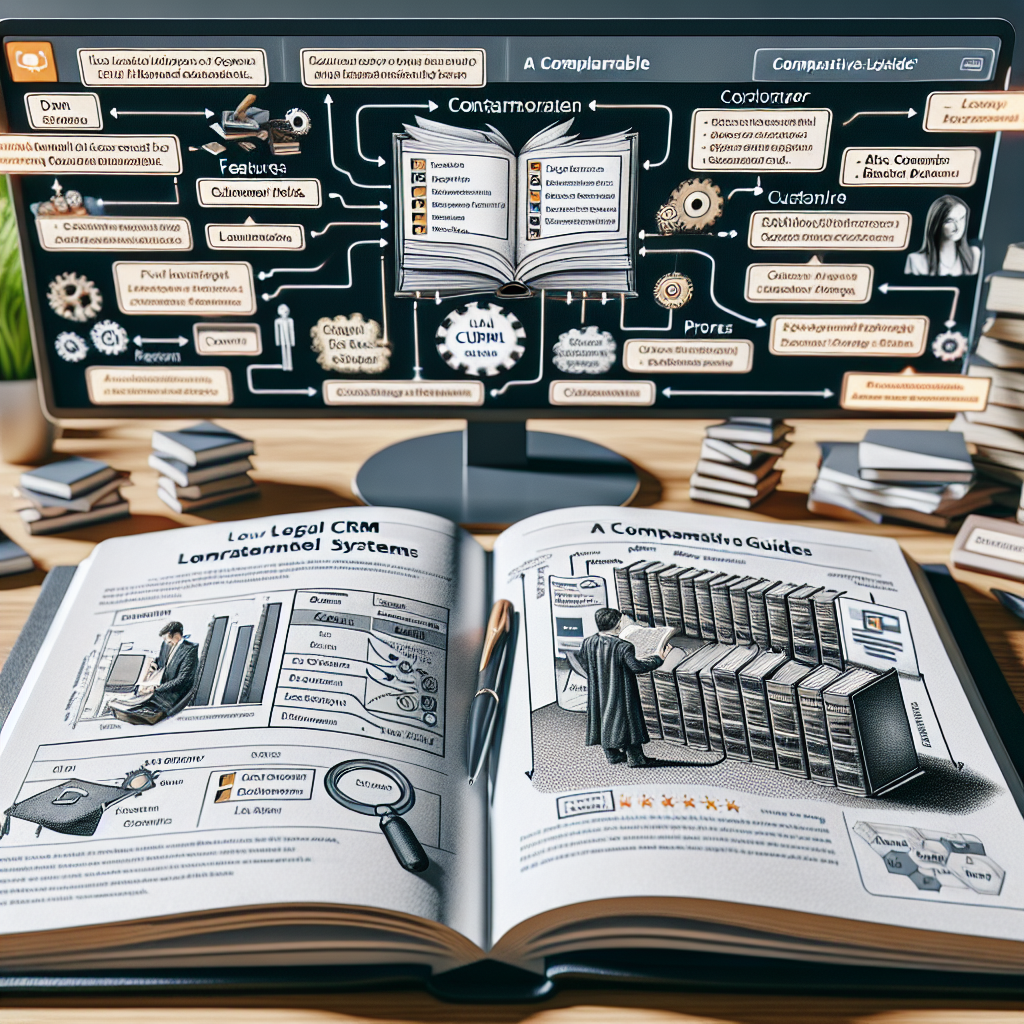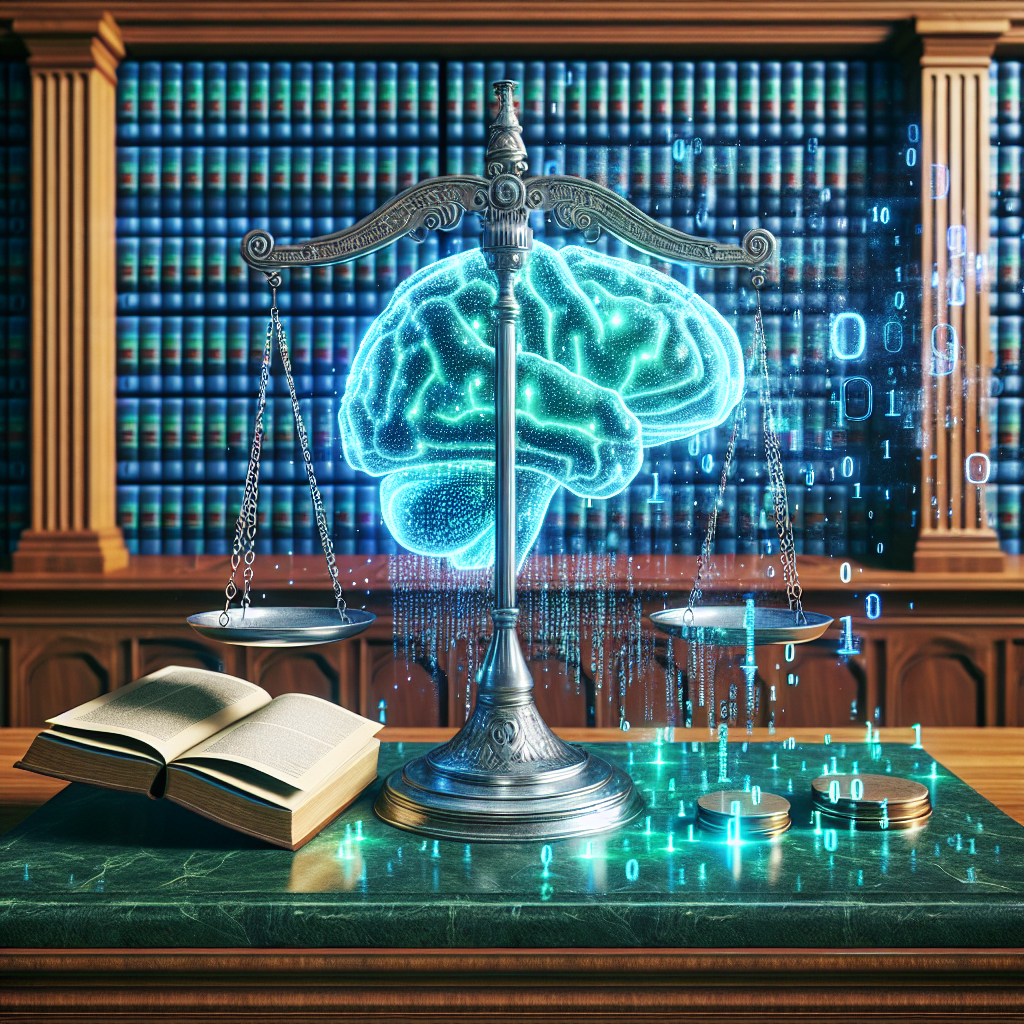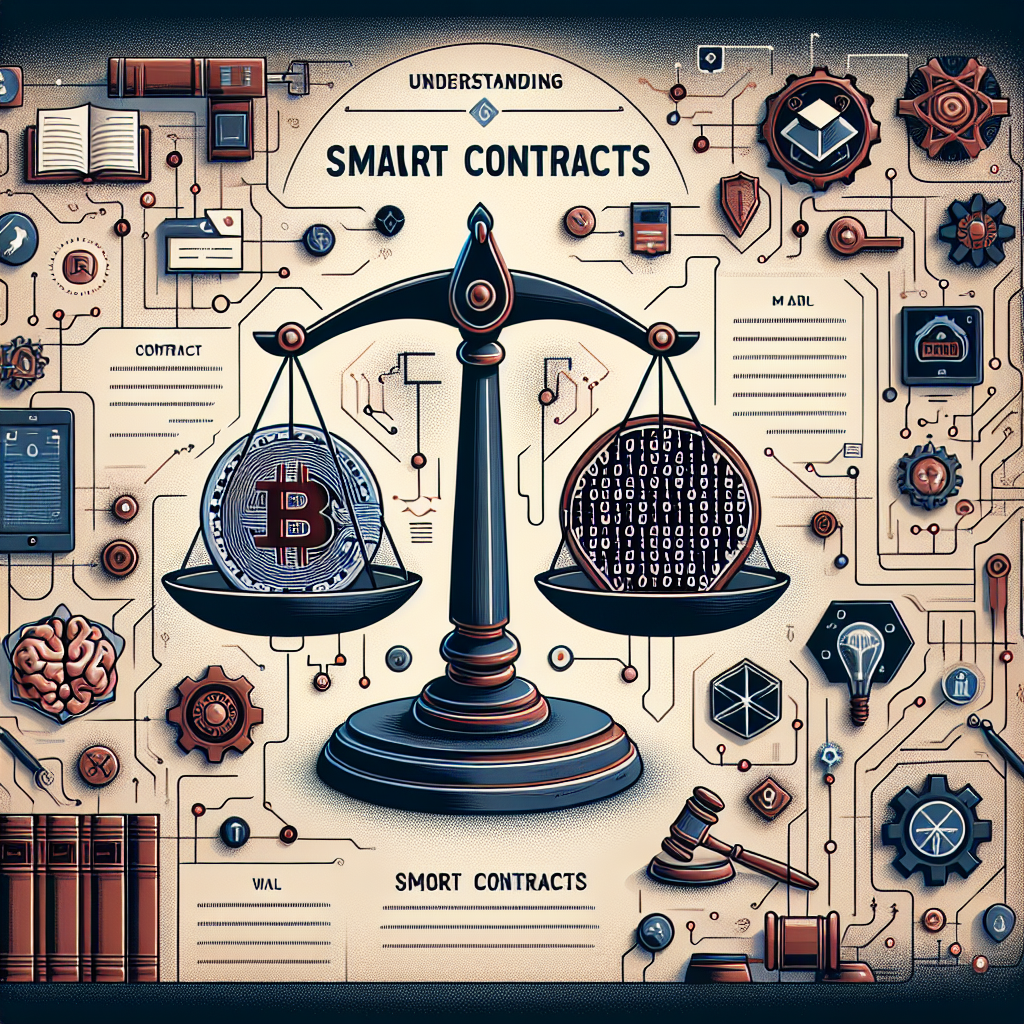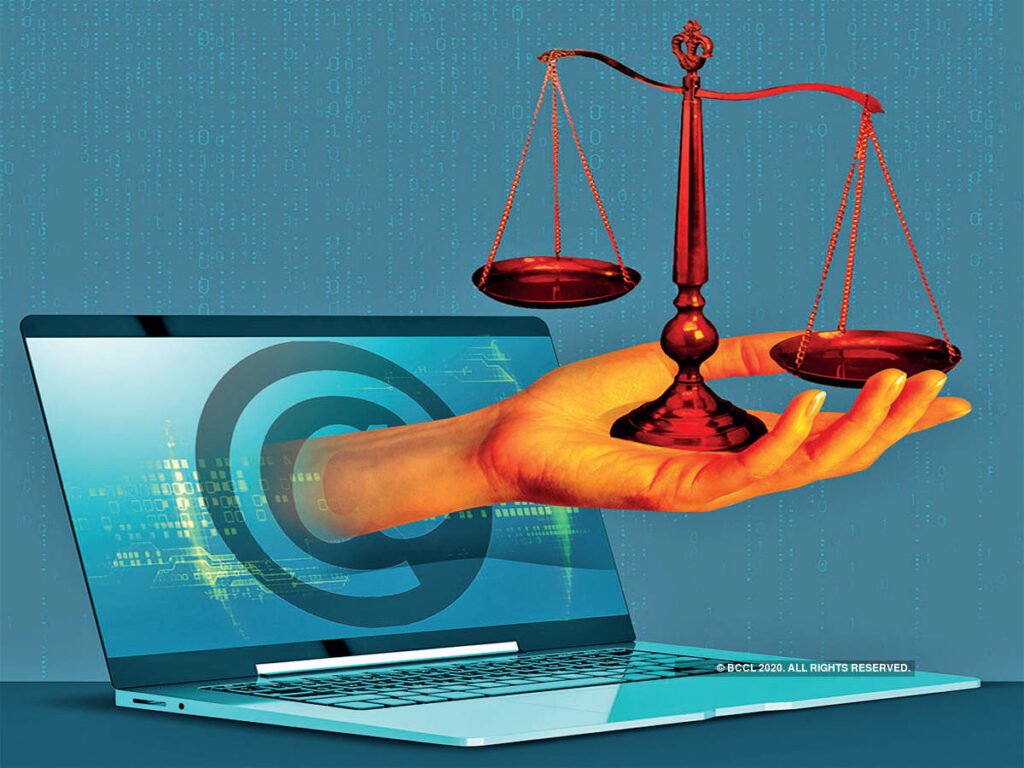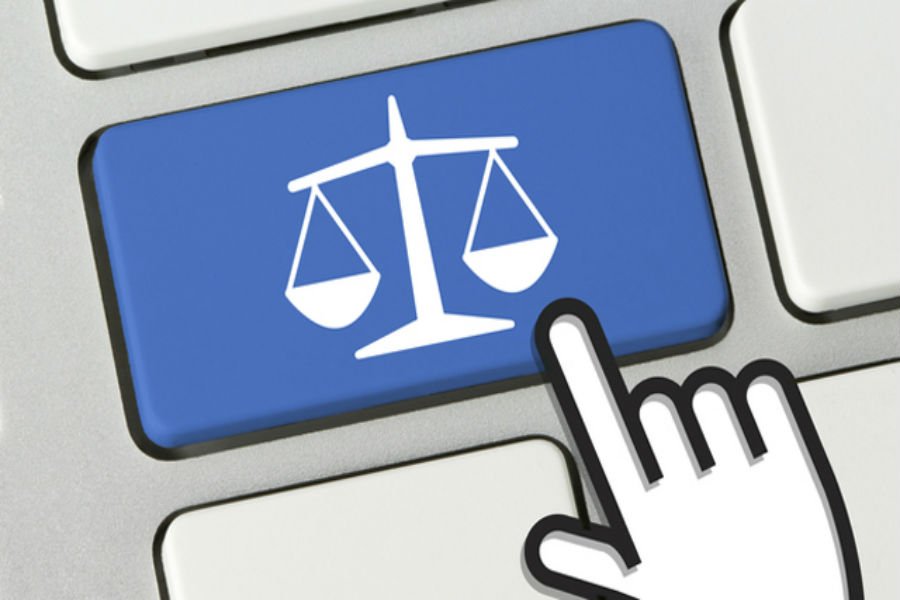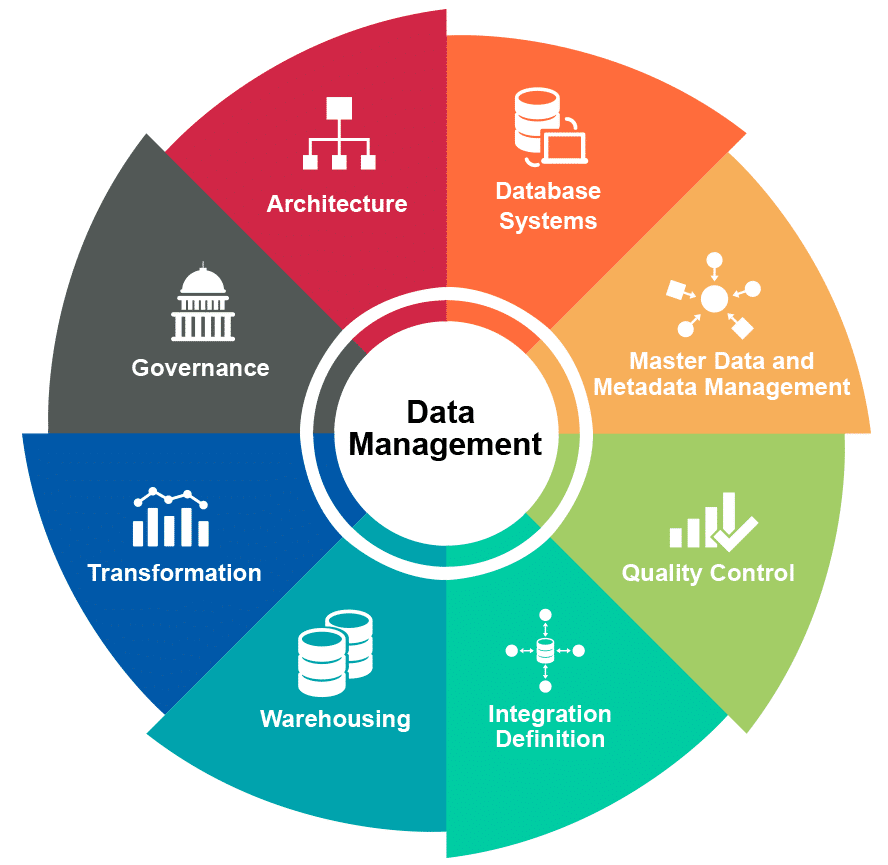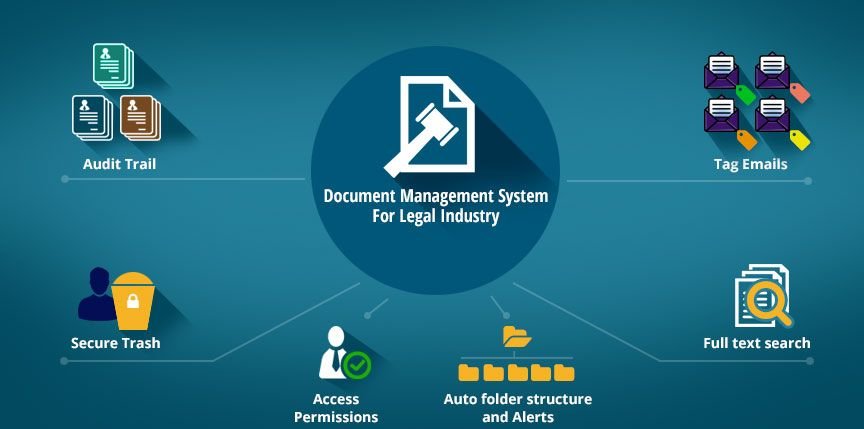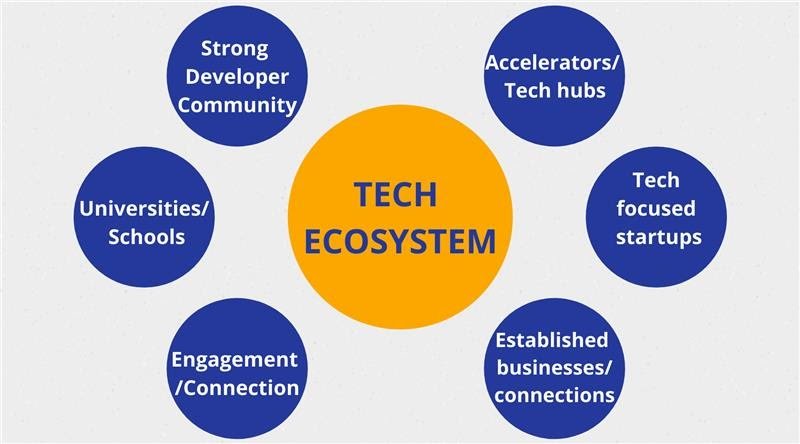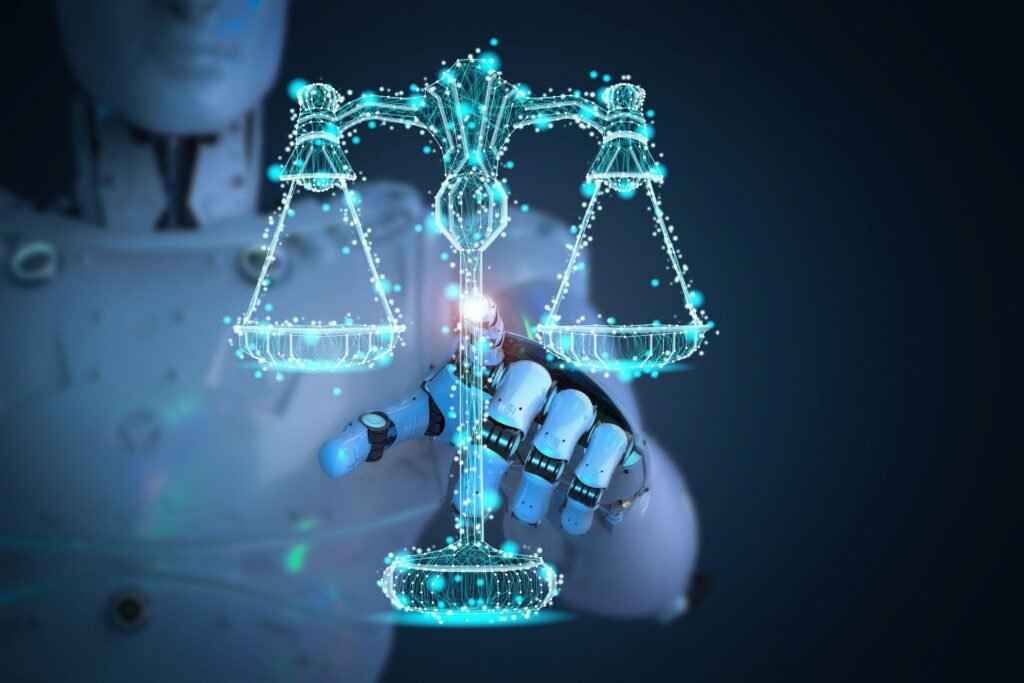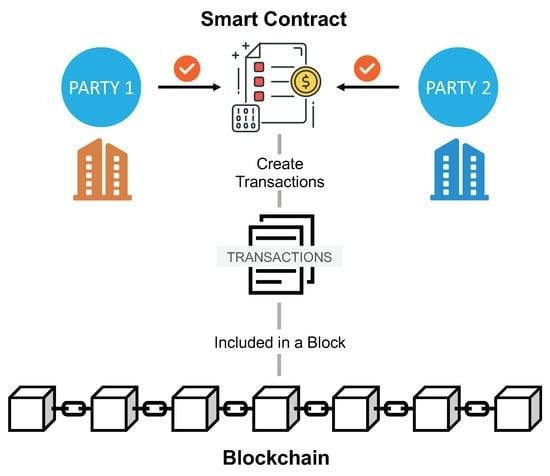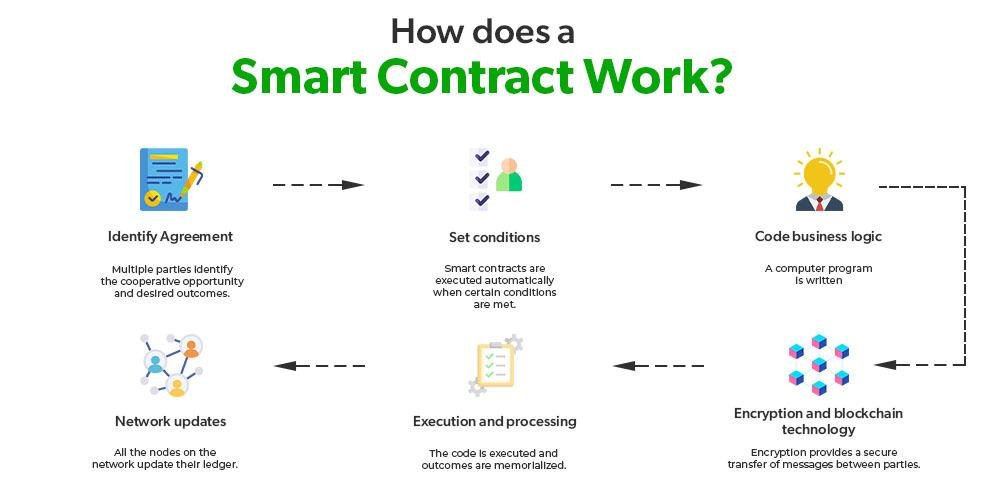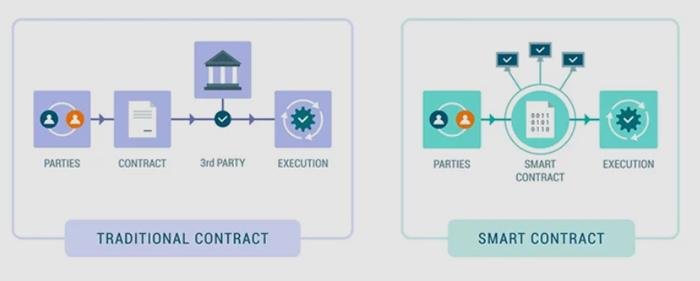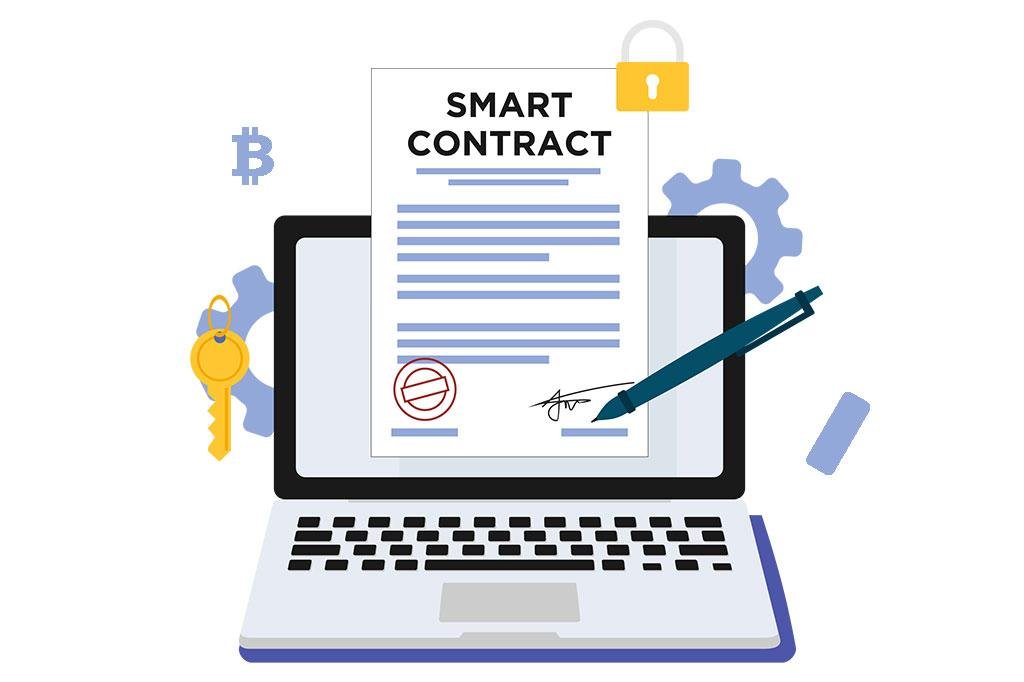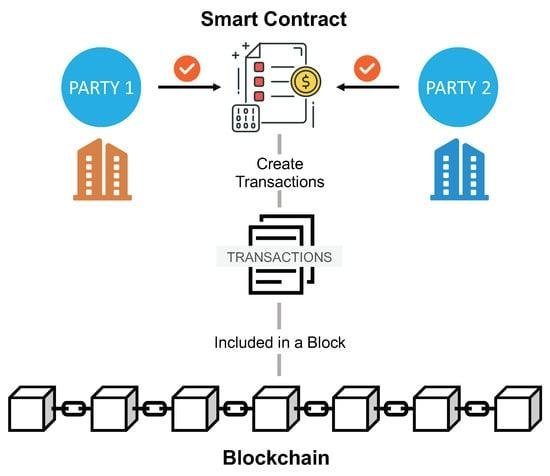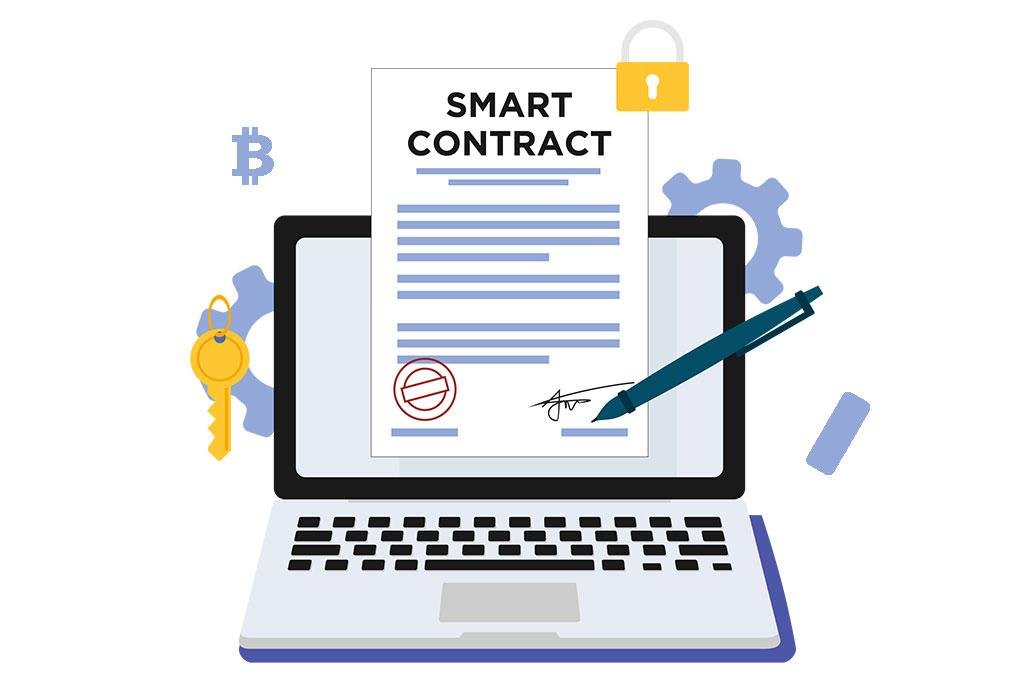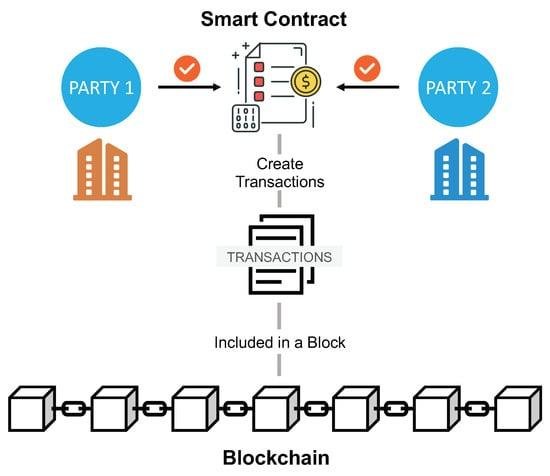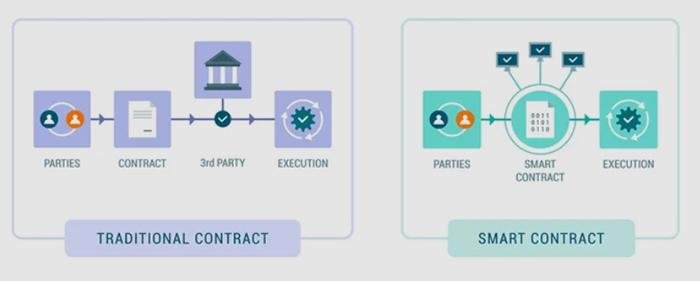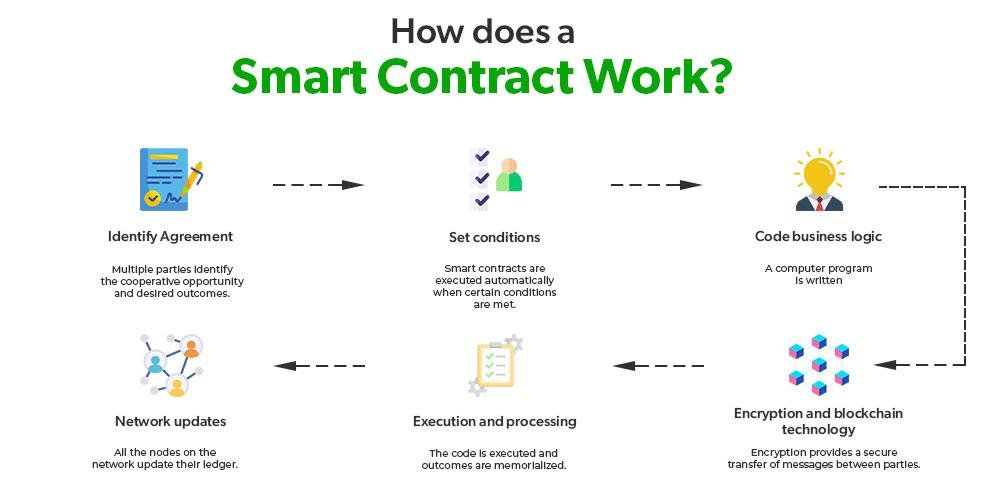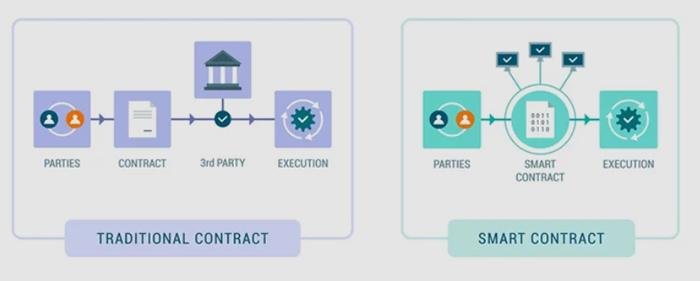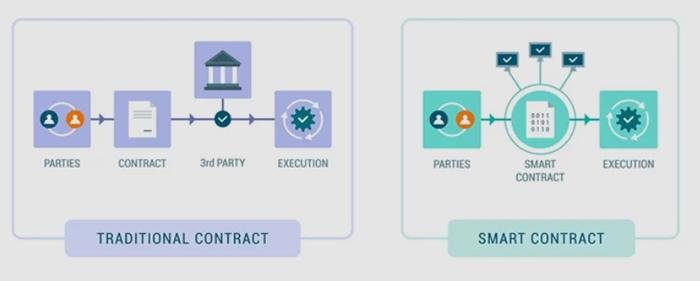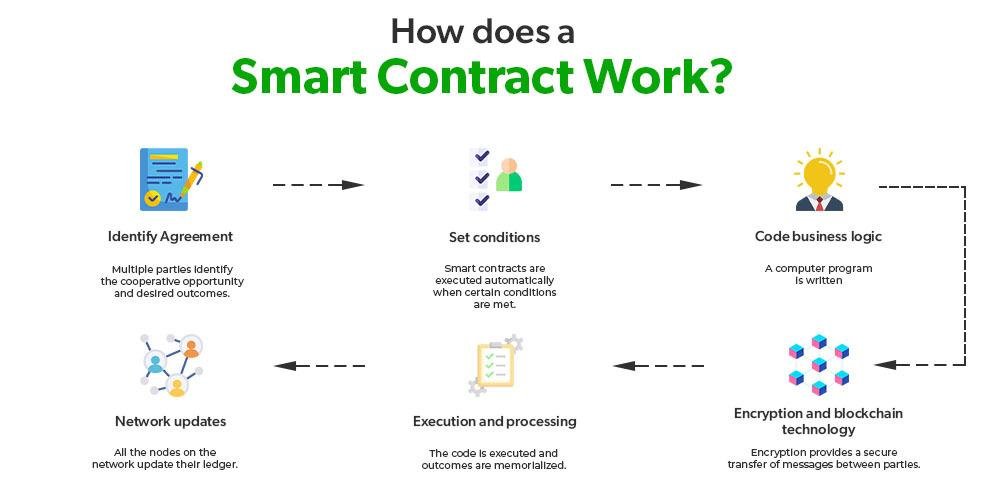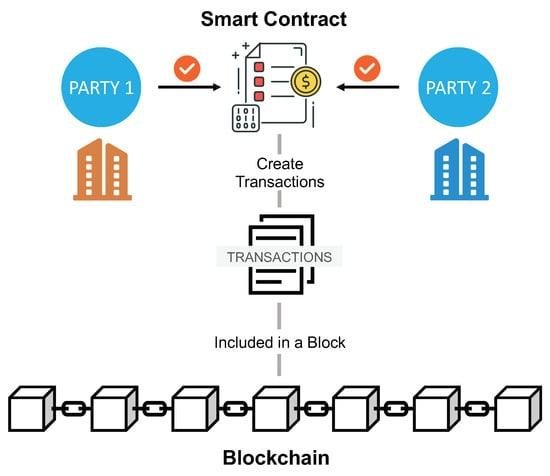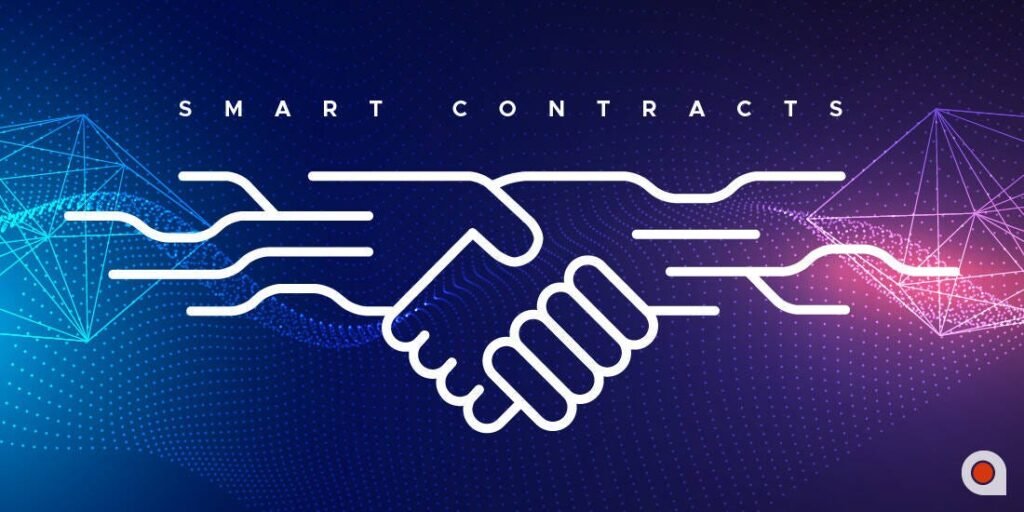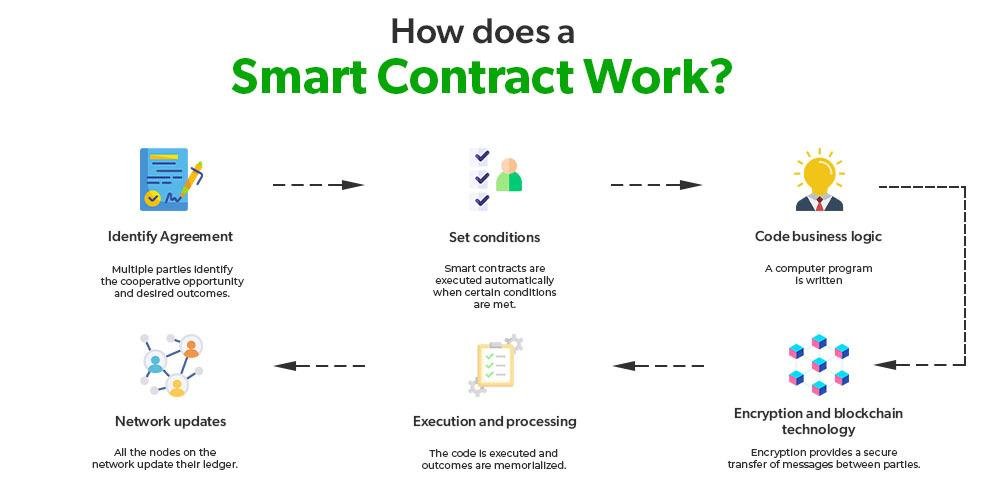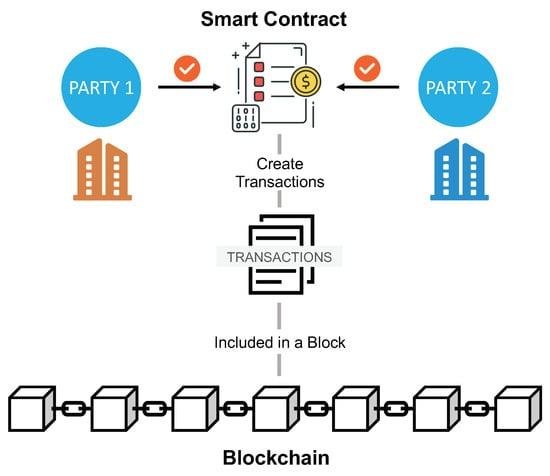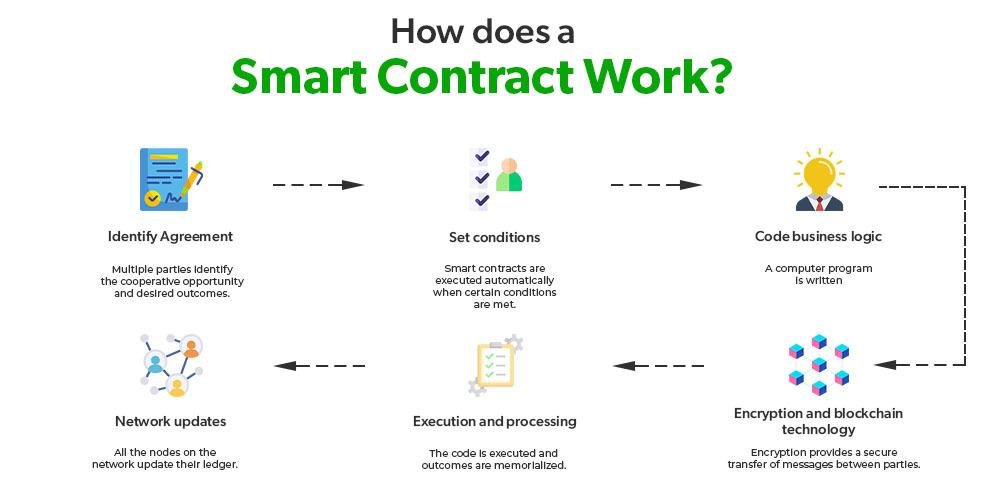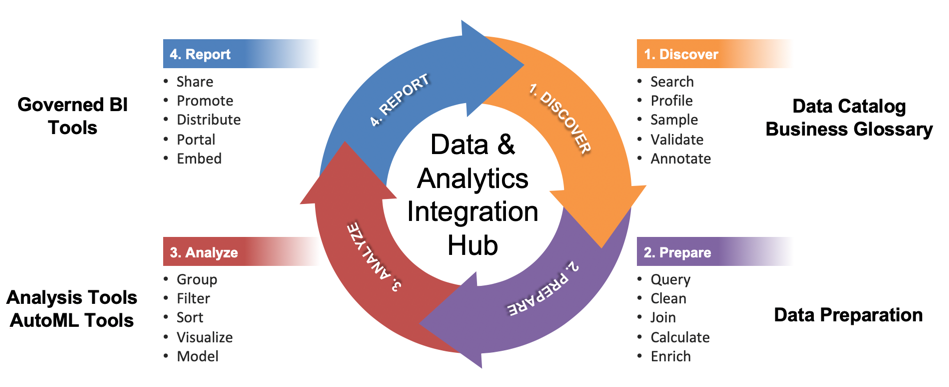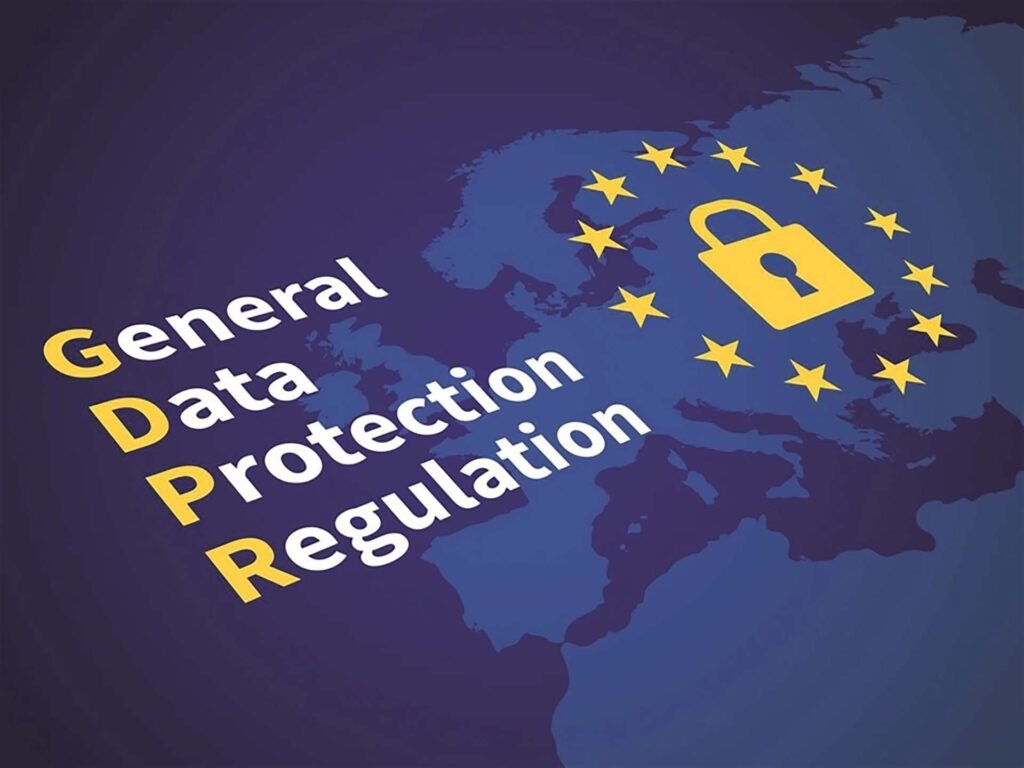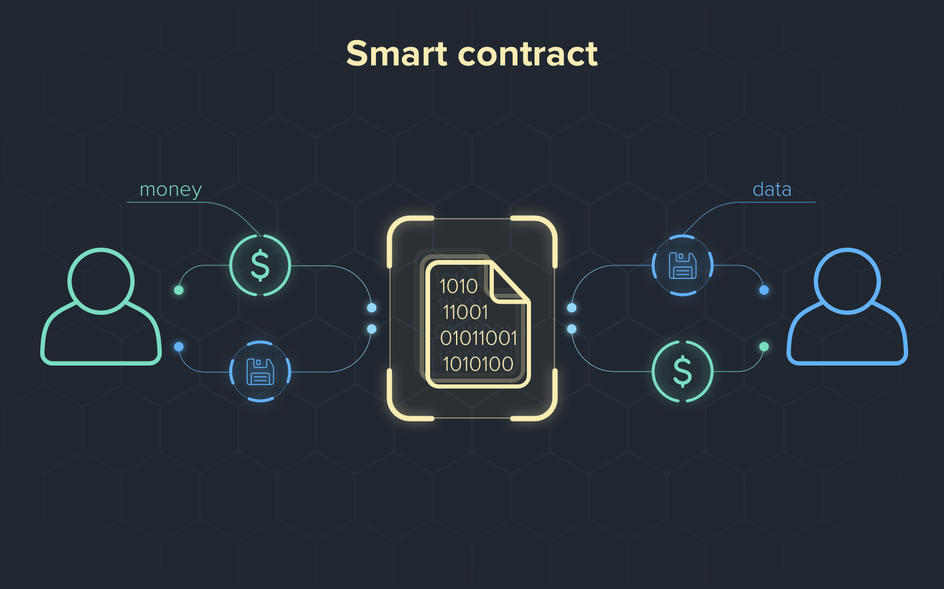From Paper to Code: The Evolution of Contracts through Smart Technology

Introduction
In today’s digital world, technology is changing how we live, and this includes the way we make agreements. Contracts, which were once written on paper and signed by hand, are now evolving into digital forms. This shift from traditional paper contracts to tech-driven solutions is not just a change in format but a complete rethinking of how we make and manage agreements. From Paper to Code: The Evolution of Contracts through Smart Technology looks at how this transformation is happening. It explores how new technologies like blockchain and automation are reshaping how we sign and enforce contracts. We’ll also see what this means for individuals and businesses, as trust in the digital age is built through code instead of signatures. Let’s dive into how smart contracts are changing the future of agreements in a digital world.

The Transition from Traditional Contracts to Digital Solutions
The way we create, manage, and execute contracts has changed dramatically. In the past, contracts were often long paper documents that took time to write, sign, and store. But now, with the help of technology, businesses and individuals are adopting digital solutions that make the entire process faster and more efficient. Digital contracts offer several benefits:
- Increased Efficiency: Automation allows contracts to be created in seconds, speeding up the process.
- Better Accessibility: Digital contracts can be accessed from anywhere, making remote work and collaboration easier.
- Improved Security: Encryption and secure servers protect sensitive information.
- Cost Savings: Digital contracts eliminate the need for printing and storing paper, cutting down on costs.
As businesses continue to adopt digital solutions, smart contracts—powered by blockchain technology—are becoming game-changers. These contracts automatically execute once certain conditions are met, eliminating the need for intermediaries like lawyers or banks. Below is a comparison between traditional contracts and smart contracts:
| Feature | Traditional Contracts | Smart Contracts |
|---|---|---|
| Execution Time | Days or Weeks | Instant |
| Cost of Transaction | High due to mediators | Minimal, often negligible |
| Disputes | Legal proceedings | Self-executing, reducing conflicts |

Understanding Smart Contracts and Their Legal Implications
However, as smart contracts become more popular, it’s important to understand the legal issues surrounding them. For example, how do existing contract laws apply to smart contracts? Are they legally binding? How do you interpret the terms, which are written in code instead of traditional language?
Here are a few key legal considerations:
- Regulatory Compliance: Smart contracts must follow local laws for digital transactions.
- Dispute Resolution: If a conflict arises, how do you resolve it when the contract is on an immutable blockchain?
- Intellectual Property Rights: Who owns the code behind a smart contract?
| Aspect | Traditional Contracts | Smart Contracts |
|---|---|---|
| Execution | Manual intervention required | Self-executing on the blockchain |
| Transparency | Limited visibility | Publicly accessible ledger |
| Modification | Amendable with mutual consent | Immutable once deployed |
Navigating the intersection of technology and law will undoubtedly demand both adaptability and innovation from legal professionals as we move forward into this new era of contract technology.
You May Also Like: Smart Contracts and Blockchain Technology

Benefits of Automation in Contract Management
Automation in contract management has revolutionized how businesses handle agreements. It offers several advantages:
- Efficiency: Automated systems reduce time spent on manual tasks like entering data or filing documents, allowing teams to focus on strategic work.
- Accuracy: Algorithms can replace human input, reducing errors and ensuring terms are correct.
- Improved Compliance: By reducing human error, contracts are executed more accurately, leading to better compliance.
- Stronger Relationships: Accurate execution of contracts helps build trust with partners.
Additionally, automation helps companies track key dates, like contract renewals and expirations, in real-time. This helps prevent costly mistakes. By using data analytics, businesses can also better understand risks, trends, and performance metrics, which can improve decision-making and boost return on investment (ROI).

Best Practices for Implementing Smart Contract Technology
To make the most of smart contracts, it’s important to ensure the code is clear and precise. Smart contracts are only as good as the code behind them, so it’s essential to work with experienced developers who understand blockchain. Collaboration between legal and technical teams is also key to ensuring that contracts are both legally sound and technologically feasible.
Before deploying smart contracts, thorough testing and auditing are essential. Blockchain transactions are decentralized, meaning errors in code can’t be easily fixed once the contract is live. Testing contracts in a controlled environment can help identify potential issues before deployment. It’s also important to update and optimize smart contracts after launch to keep them secure and compliant with changing laws.
Closing Remarks
The shift from paper contracts to digital smart contracts represents more than just a technological upgrade; it’s the beginning of a new era of transparency, security, and efficiency. As we embrace this digital shift, it’s important to balance the historical significance of traditional contracts with the benefits of new technologies. This evolution opens up new possibilities for fairer, more efficient interactions and stronger global collaboration.
As the world becomes more connected, the integration of smart contracts into everyday business offers a glimpse into the future. This is just the beginning. As we continue to refine these technologies, we must remain vigilant in ensuring that the core values of contracts—mutual agreement, accountability, and fairness—are preserved and enhanced in their digital form. The journey from paper to code has already transformed the way we make agreements, and the possibilities ahead are vast. The principles that bind us together remain the same, even as we explore this new digital landscape.
























































































































































































































































